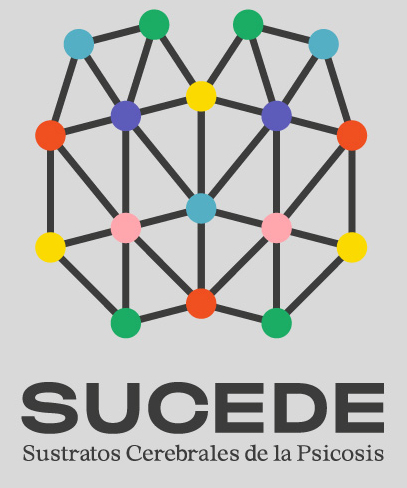SCIENTIFIC PAPER REVIEW: Neuroimaging Heterogeneity in Psychosis: Neurobiological Underpinnings and Opportunities for Prognostic and Therapeutic Innovation (Voineskos et al., 2019)
Below, Dr. Antonio Arjona, postdoctoral researcher, presents a summary of his scientific review.
Currently, one of the main objectives of researchers in relation to the diagnosis of mental disorders is to identify reliable biomarkers. The idea would be, for example, to have blood tests that allow the detection of clear molecules confirming the diagnoses. One of the difficulties encountered by scientists when searching these biomarkers is the heterogeneity of disorders such as schizophrenia or psychosis in relation to aspects such as symptom picture, response to treatment, etc.
In recent years, there is certain consensus about the many significant errors made in precedent scientific studies on mental disorders. For instance, the use of too small patient samples, or the study of isolated variables. Therefore, the most modern guidelines in this field seem to advocate studies with significantly larger samples and using more powerful statistical methods. The ultimate goal would be to find the shared variances among the whole set of brain, genetic and behavioral variables. All this would have a positive impact on improving both diagnostic methods and the impact of treatments and therapies.
Among the conceptual and methodological advances that have occurred in recent years with the aim of clarifying heterogeneity in schizophrenia or psychosis, we can highlight the creation of a research framework (RESEARCH DOMAIN CRITERIA) that seeks to unify genetic, neuroscientific and behavioral data in studies of these disorders. It would be a dimensional investigation of the brain-behavior relationship. On the other hand, the acceptance of childhood disorders as risk factors for psychosis and/or schizophrenia, as well as the recognition of clinical and neurobiological differences based on gender, are also noteworthy.
At the level of statistical analysis, it should be mentioned that there is an increasing proliferation of studies that attempt to apply multivariate statistical techniques and, as a second step, data-driven clustering tests. The former would allow the inclusion of multiple brain, genetic and/or behavioral data to analyze relationships within the whole set of variables. The latter would help build models of psychosis based on clusters of biological, clinical and cognitive variables, independent of predefined clinical categories. Both would ultimately aim to increase the effectiveness of treatments and therapies by defining new biomarkers and brain regions within more homogeneous patient subgroups.
As conclusions of this review we can say that:
- It is unlikely that there is a pattern of neuronal malfunction common to all individuals with schizophrenia or psychosis.
- It is improbable that the same treatment is effective for all of them.
- Dimensional approaches coupled with data-driven analyses can help turn the challenge of heterogeneity into an opportunity to redefine the disorders.



